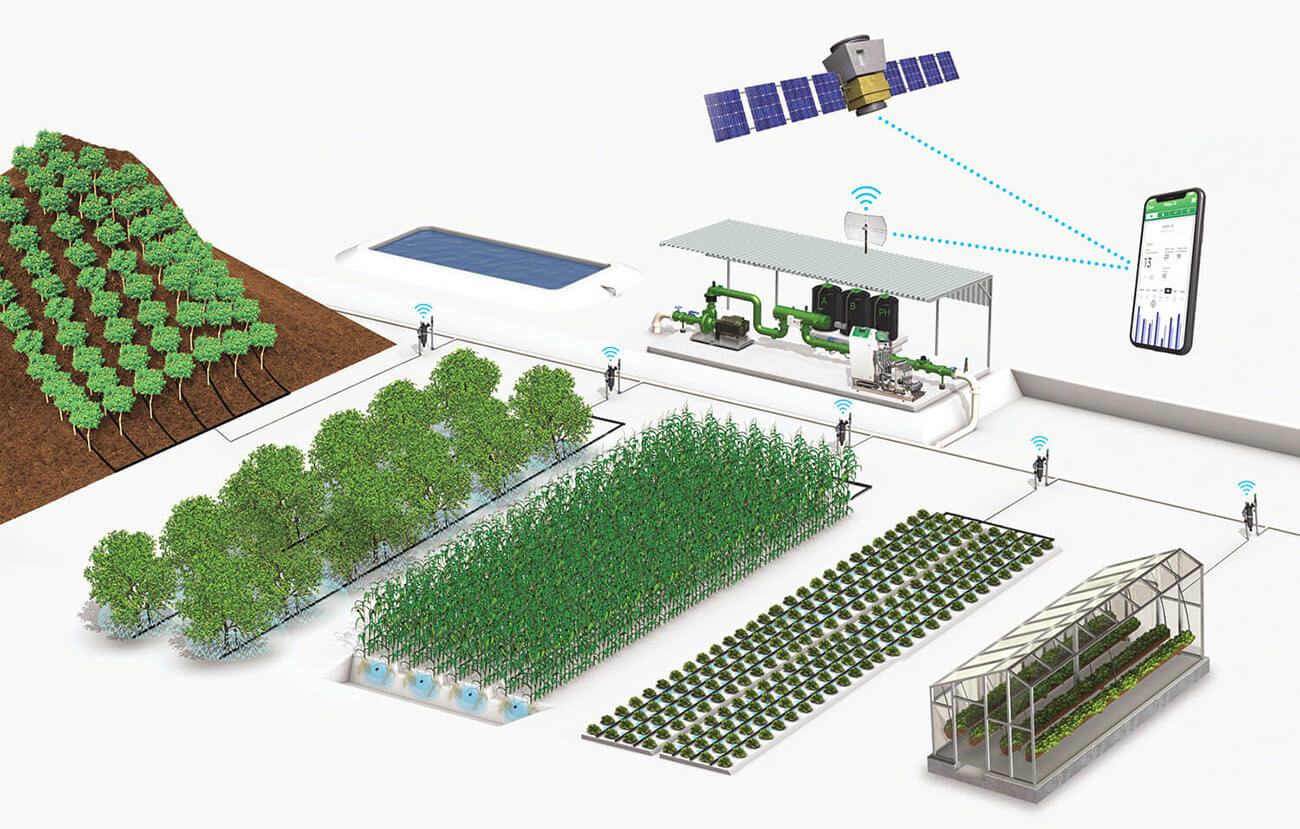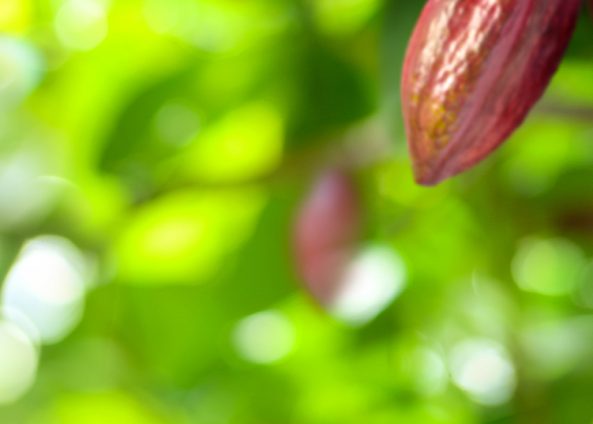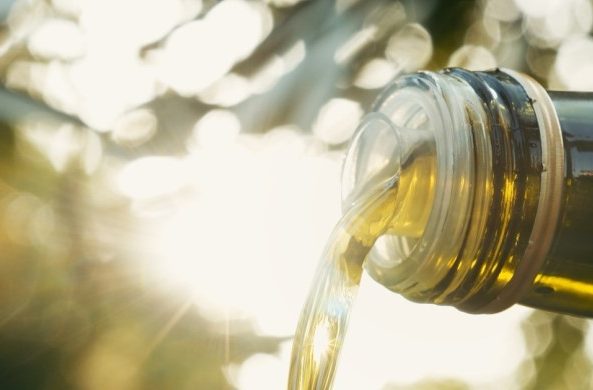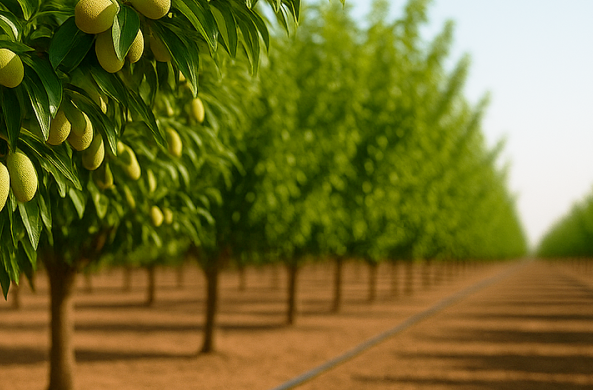
Rivulis solutions for hazelnut irrigation
Rivulis offers solutions, for hazelnut irrigation, according to farmers’ individual needs, with both pressure compensating and non-pressure-compensating driplines. All solutions are developed to ensure high yields and efficient distribution of water and nutrients.
In hazelnut cultivation, irrigation plays a fundamental role from the earliest stages of plant development. The hazelnut reacts to water stress by decreasing the photosynthetic activity even with very important consequences, such as a possible early drop of leaves and fruits, reduced fruit development and a higher incidence of empty shells. Proper management of irrigation during the production phase, on the other hand, favors the development of the canopy and improves productivity both in terms of yield and fruit quality and improves the yield in shelling. It can also lead to an early entry into production in the new plants. Together with these advantages, it should not be underestimated that, with a drip irrigation system, compared to other irrigation systems, significant savings are obtained in terms of use of water, nutrients, energy and labor costs.
The water requirement of the hazelnut varies significantly according to the different phenological phases: it is therefore important to maintain the optimum humidity according to the various phenological stages.
A new plant must provide, after the young seedlings have been planted, a temporary drip irrigation system that allows to easily reach the root system of the plants with water and nutrients. This is a two-phase solution that allows rapid rooting and entry into production. The solution proposed by Rivulis involves a thin wall dripline (T-TAPE® or D5000® PC 15mil with slit) positioned a few cm deep and about 20cm away from the row. This system will ensure a targeted supply of water and nutrients for the first 2-3 years of the planting phase. The driplines burying will allow weed control operations by mowing, harvesting and other mechanized processes without obstacles.
During the season, the riskiest moment goes from June to August, when the formation of the core takes place, from the embryonic stage to the complete formation of the fruit. In case of a particularly dry climate, it is advisable to continue with irrigation even after harvesting, until the beginning of November.
The irrigation system suggested by Rivulis during the production phase is characterized by a double self-compensating and anti-siphon dripline (D5000® PC AS, D5000® PC AS Reserve) or self-compensating and anti-drainage (Hydro PCND®) suitable for application in sub-irrigation. In this case, the driplines are installed in the 2nd or 3rd year, placed at a depth of 25-30 cm and longitudinally 60-80 cm away from the row, on both sides, to fulfill the water-nutritional needs of the cultivation but, at the same time, to avoid clumping of the roots, that happens more frequently nearer the plants.
In addition to the driplines described above, Rivulis is able to offer you a complete solution, which includes all the components necessary for maximum performance: from the filtration system (with grit, mesh or discs) to the fertigation system, to the automatic control valves, air vents, fittings, accessories and remote-control units.
With the help of Manna Irrigation Intelligence, the management of irrigation shifts can be performed. Thanks to a constant monitoring of the crop from satellite and to an algorithm that crosses the peculiar needs of the hazelnut grove with the detected evapotranspiration data, Manna formulates a practical and intuitive daily based irrigation advice, specific for each irrigation sector. The high resolution (3x3m) and very high frequency satellite images allows you to keep the development of the crop under control and to intervene promptly in case of anomalies.
Rivulis is available with its technical and commercial team and its dealers to share and support the importance of the role of irrigation for the development of the hazelnut and its quality.






